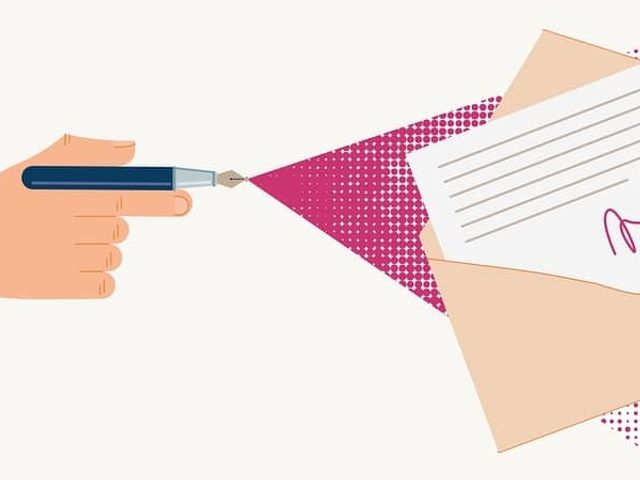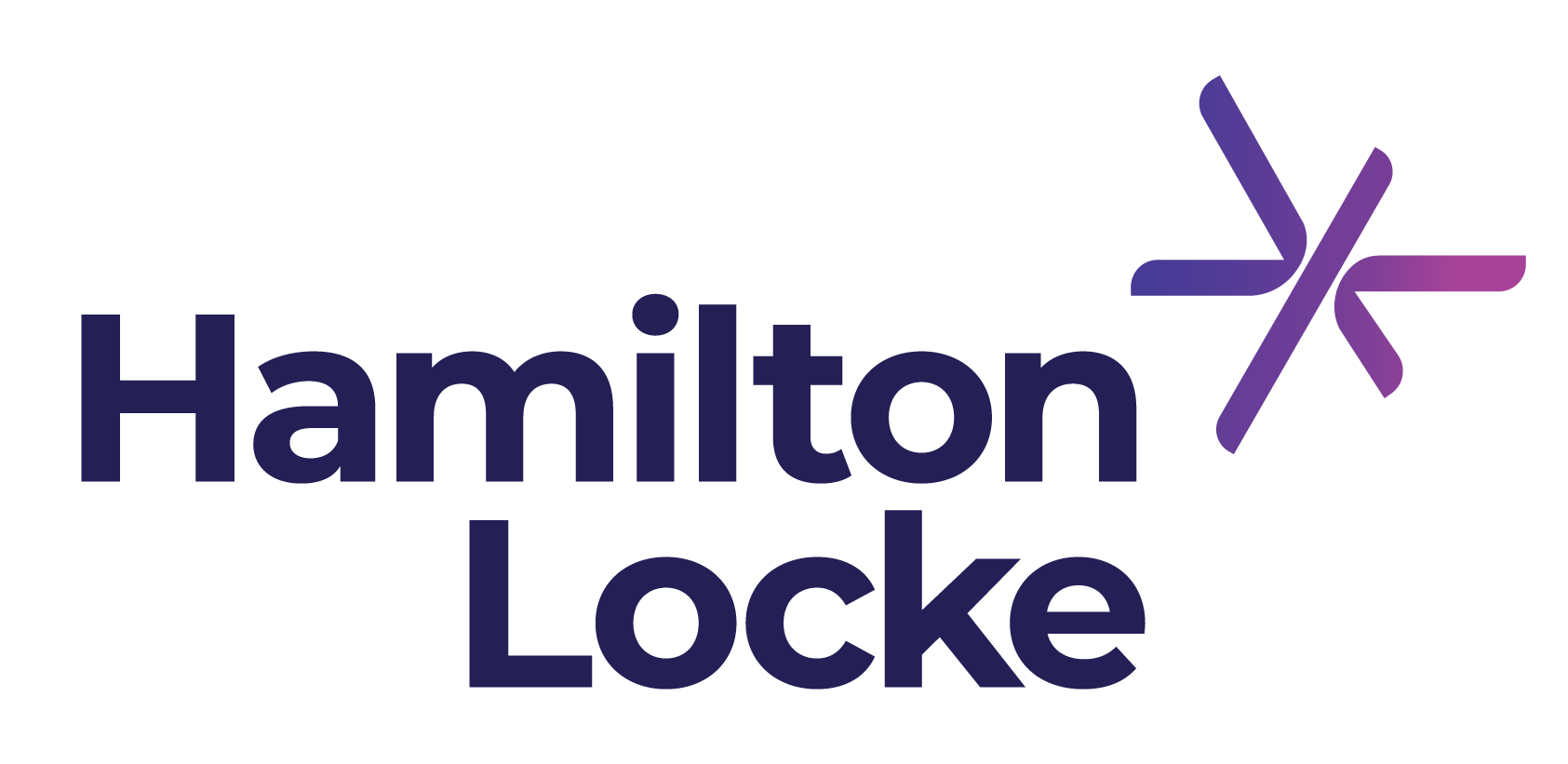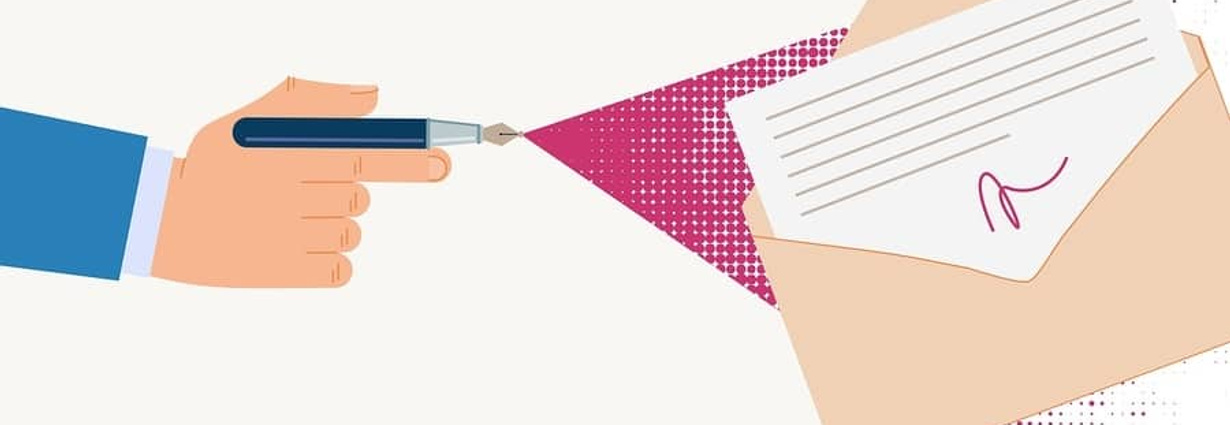DELIVERING DOCUMENTS ELECTRONICALLY.
Published on May 12, 2020

With the ongoing Coronavirus pandemic, more businesses are communicating with clients electronically. But what are your options when you need to supply or sign documents?
Financial professionals must give their clients certain documents, including:
- Product Disclosure Statements;
- Financial Service Guides;
- Statements of Advice;
- Correspondence and instructions; and
- Contracts.
These are usually given as hard copies or occasionally emailed. Now that remote working is the norm, companies need to deliver documents electronically.
Can disclosure documents be delivered electronically?
Yes, ASIC has provided guidance on giving disclosure documents electronically. The documents can be:
- Emailed to clients as attachments;
- Emailed to clients as a hyperlink; or
- Hosted online.
Do I need to get a client’s consent to deliver documents electronically?
Yes. Before you provide documents to customers electronically you must receive their consent. The only exception is if you use the ‘publish and notify’ method.
Customers can give express positive consent or consent can be reasonably inferred from the customer’s conduct. For example, if a customer gives you their email address when they supply their personal details.
You must:
- Record the consent;
- Ensure customers can retract their consent at any time; and
- Comply as soon as is reasonably practical if a client retracts their consent (which may be immediately in some cases).
What is the publish and notify method?
To reduce the administrative burden and lower the risk of non-compliance you can use the “publish and notify” method for disclosure documents. This involves publishing documents online and notifying your clients that they’re available.
You need to notify clients that you intend to provide documents electronically and give them 7 days to opt out. You should not send any disclosure documents electronically until the full 7 days have passed because otherwise you will be in breach of your disclosure obligations if someone opts out after the document is provided and before the 7 days has expired.
Once the 7 days has expired, you can notify clients that the disclosure is available digitally by:
- Email;
- SMS;
- An app notification;
- On social media; or
- Another digital message.
The message should include:
- A hyperlink or similar connection; or
- Instructions on how to access or download the disclosure.
Even if a client never accesses the disclosure, you will have provided the disclosure compliantly.
General principles to follow when sending disclosure documents electronically
Whether you email documents or links, or use the “publish and notify” method, you should follow these principles for disclosure documents:
- Make it easy to retrieve and read: Any hyperlinks provided to customers must be accessible at any time (within a reasonable timeframe). This means you need to maintain the same hyperlink;
- Clearly identify all documents: Identify what the document is in its title and your communication;
- Ensure your communication is received: You need to make reasonable efforts to make sure the disclosure is received. This means you need a process to follow up ‘undeliverable’ messages and have at least one other way of contacting your clients (e.g. mobile phones);
- Don’t expose clients to security risks: This means you shouldn’t send documents in a form that makes them easy to copy or may encourage clients to relax their own cyber-security. For example, sending your clients links may encourage them to let their guard down and click on other potentially dangerous links;
- Ensure your clients can keep a copy: Your clients must be able to download and store the documents so they can refer back to them. This means they shouldn’t be in a form that will corrupt or can be altered easily;
- Maintain version control: Clients should be able to prove which version of the document they relied on. You could maintain version control in the document or make sure clients can only access one version;and
- Ensure clients can change their mind: Clients must be able to opt-out of receiving online disclosures easily at no cost and at any time.
You also need to ensure that your online systems and platforms are fully operational.
Can I also get signatures and give instructions electronically?
It’s not uncommon for documents to be emailed, printed, signed, scanned and emailed back. But not everyone has access to the necessary facilities. Being able to sign documents and give instructions electronically would be easier.
Documents can be ‘signed’ electronically provided that there is an effective method of:
- Identifying the person providing the electronic signature; and
- Making sure the person intended to execute the document.
This needs to be:
- Reliable and appropriate for the purpose: For example, sensitive or personal documents would have a higher standard than a document that is not as sensitive; or
- Proven in fact: This means you can prove that you’ve identified the signatory and their intention to sign.
Some methods you can use include:
- Docusign which is readily available;
- Use checkboxes and “I agree” buttons online, as long as it complies with the above rules;
- Give clients a password to verify their identity. They would need to login to a password-protected part of your site to accept their contracts;
- Use two-factor authentication where clients must enter a code that you text to them; or
- Use security questions to verify their identity.
If you have questions about how you currently deliver your documents or you need advice on how to deliver your documents electronically, please contact us – we’re happy to help.
May 2020


